In your role as Magos Dominius Faustinius of the Adeptus Mechanicus, you may find yourself a bit overwhelmed at first by the FTL-meets-XCOM gameplay of Warhammer 40,000: Mechanicus.
Luckily, the designers created a game that remains internally consistent enough to play by its own rules, and once you get to grips with what those rules are and learn how to use them to your advantage, what looked at first like a daunting challenge can be a breeze. Follow these quick-start instructions and you’ll be an expert in no time.
Step 1: The Player Sets the Difficulty
You’ll notice that unlike most games, Mechanicus doesn’t bind the player to a difficulty level throughout the game. Difficulty is chosen on the fly by which missions you take, and they’re marked as such right on the mission select screen.
The rewards from Easy missions are often very useful in completing the more difficult missions, as well; when you have more troops, more Tech Priests, and more varied firepower, it becomes a lot easier to defeat those harder enemies.
But at the same time, if you’re a good enough tactician, you can punch above your weight, and that leads to the second big important tenet of playing Mechanicus effectively.
Step 2: Time Is of the Essence
One of FTL‘s most commonly known game mechanics is the part where you’ve always got the Rebel Fleet on your tail, forcing your forward and making it increasingly difficult to hang around one place for too long.
This mechanic is very much alive and well in tomb layouts here in Mechanicus.
Every mission gives you a layout of rooms in a temple, and several paths you can take to the temple’s main objective.
In theory, you could visit every room, get all the treasures, and become highly powerful in so doing.
But the more time you waste exploring, the more the little green meter in the upper left hand corner of the screen keeps advancing, and at levels 2 and 4, “more Necrons in battle” serve as your disincentive for tarrying about.
Put simply, if you don’t move quickly, the battles will have so many enemies that you’ll be overwhelmed.
So what you’re going to want to do is plot a course through the temples that either makes the trip in the fewest number of moves or, as a compromise, deviates maybe one room off the ideal path between your starting point and the diamond-shaped objective marker at the end.
There are exceptions to this rule, however; if you’re playing a particularly easy level, you can do a lot more exploring because none of those extra enemies are going to pose a real threat. In that case, you can more thoroughly loot.
But try that on Hard and you’re toast.
Step 3: Choose Your Upgrades Carefully
Everything in Mechanicus comes with a cost in the form of Cognition Points, basically action points from other tactical strategy games of this type.
As a general rule, the more damage a weapon does, the higher the cost to use it, and there are rarely enough CP to go around in order to allow you to use the heavy artillery on everyone.
This is where you need to pay attention to your upgrades.
As you hover over your Disciplines banner, you’ll see the full tech tree laid out for you; you’ll want a Lexmechanic to farm CP and a Dominus to deal damage at the bare minimum, and either an Enginseer or a Tech-Auxilium for healing or support fire, respectively.
In fact, a Tech-Auxilium can often be equipped with the most fiendishly overpowered weapons since the ability to manipulate the Cognition Point meter means they’ll have a much higher rate of fire and therefore a much higher damage-per-turn rate if you use them correctly.
As a good rule of thumb, have either a powerful melee weapon with a CP cost and a relatively weak energy weapon without one, or the other way around, so no matter where on the map you are, you’ll be able to deal damage on any given turn.
Step 4: Don’t Neglect Your Armor
Another mechanic lifted right out of FTL‘s playbook is the relatively low numbers rolled on the attack dice.
This is a game where having 20 HP means you’re a tank, and where doing more than 5 points of damage means you’ve got a very powerful weapon.
With that math in mind, you’re going to want to armor up, because armor works as a form of damage threshold (as it’s known in Fallout 2 and New Vegas).
Basically, if you have a 3 for energy armor, and you’re hit by an energy weapon, three points are subtracted from the damage dealt, and there is no minimum damage modifier; get hit for three points of damage with three points of armor and you take no damage.
This is how heroes survive battles.
Step 5: Never Concentrate Your Forces
In battle, always remember to spread your forces out on the map, because most of the game’s stronger enemies come equipped with area-of-effect weapons.
In a perfect world, you are going to want to maneuver in such a way that you’re kiting your enemies and forcing them to concentrate, not the other way around.
In addition, weapon trajectories consider whether there’s a player in between the shooter and the target, and rather than letting you hit your own guys in the back, the game will simply disallow the shot.
Indeed, if you’ve got your own guys creating a chokepoint in a narrow passageway, you’re going to have a traffic jam on your hands, as units cannot move through other units.
Put simply, a lot of things can happen with a crowd, and none of them are good. Don’t pack your allies.
Step 6: Rules Make Tactics
A unit in melee range of an enemy cannot use its ranged weapon, and ranged weapon users have restrictions on their ability to hit enemies at range with friendly units in melee range.
What does this mean in practice?
It means shoot first, axe questions later. As in use ranged attacks before closing in and hitting with melee second.
Similarly on the rules-make-tactics front, the Opportunity Attack system, where one character disengaging from melee range from another character with a melee weapon takes damage on a free melee hit, combines beautifully with the “ranged units can’t use ranged weapons from point-blank range” rule.
Basically, closing on melee on a ranged character, even if you don’t have the CP to use your weapon right away, means you’ll get an Opportunity Attack just because the AI character has to disengage to fire, and sometimes this will tilt the balance and leave it such that your free hit is a killing blow.
Even if you have to use a Cognition Point for a “forced march” move (the orange-outlined range beyond the blue-outlined normal movement range), it’s often worth it.
Likewise, don’t let melee enemies do this to you. Shoot them before they can close the distance.
A good tactics game applies the same basic ruleset to every unit on the field, and Warhammer 40K, with its tabletop roots, is nothing if not a great tactics game.
Step 7: Canticles Are Playstyle-based
Canticles, or what are basically bonus cards, are earned by doing, and the game makes it very transparent what you need to do in order to earn them.
This is perfect for reinforcing a playstyle. Heck, it’s even self-reinforcing insofar as two mutually exclusive ways to earn extra cards are to play a battle without using them at all (which grants increasing amounts of Physical damage) and to use them extensively (which does the same for Energy damage.)
Basically, the strategy with these is to mix, match, experiment, then always use the three specific upgrades that best suit what your team is out to do.
Step 8: Save Scumming Is Rewarded
The tombs and battlefields aren’t procedurally generated. While this limits replay value, it also completely removes the issue of failing a mission, trying again, and finding to your dismay that the mission parameters changed so much that the new strategy you wanted to try won’t work either.
You get 5 autosaves. You get a manual save. And while playing Iron Man style is noble and a worthy challenge, the blunt fact is that the game’s got your back.
This also works for every decision tree in the tombs, where you’re given three lore-appropriate choices for a bit of story and flavor text, and the “right” choice isn’t immediately apparent.
Nobody’s going to ding you for save scumming. It’s a single-player game.
Step 9: Don’t Be Afraid to Experiment
The devs really, really want you to use and try everything. So within the parameters of the previous 8 steps in this guide, remember you will be generally—not always, but often enough—rewarded for getting strategically creative.
Much like the games this game cribs from, there’s no one right way to play it. So try them all; you’ll get much more longevity out of the game that way anyway.
Good luck! Check out my review of Mechanicus if you’re still on the fence on getting this satisfying strategy entry to the Warhammer 40K game series.

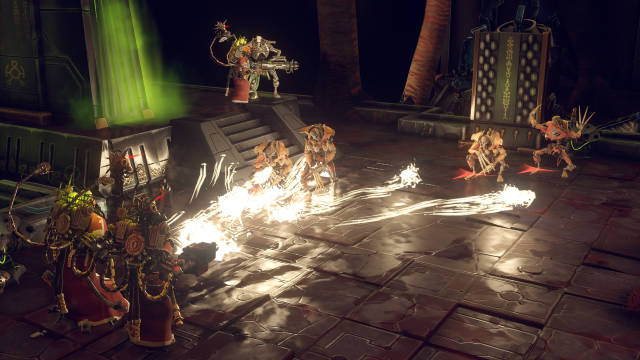
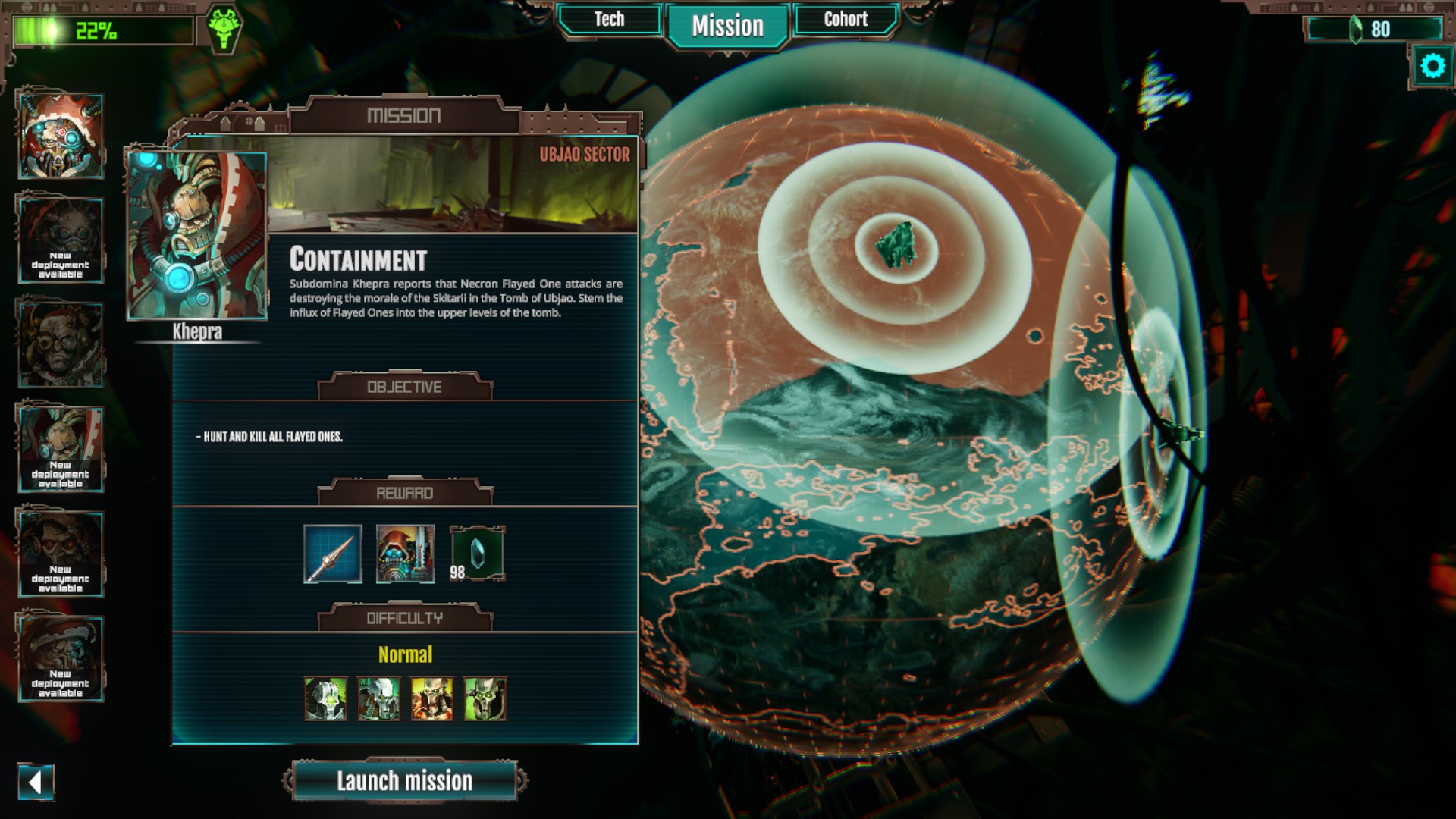
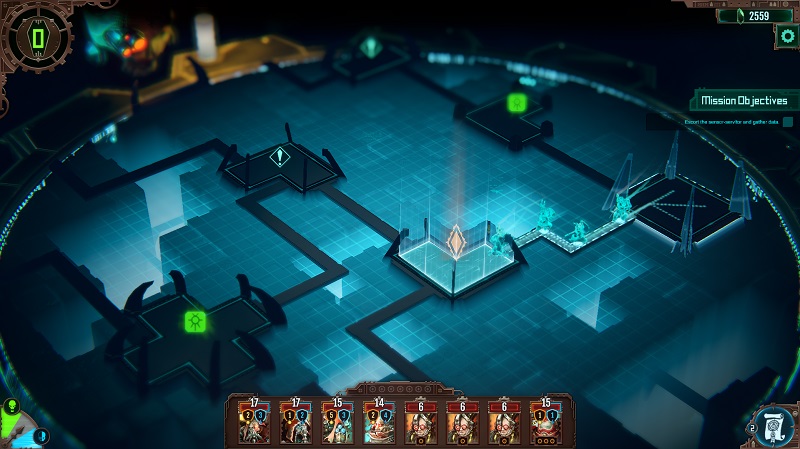

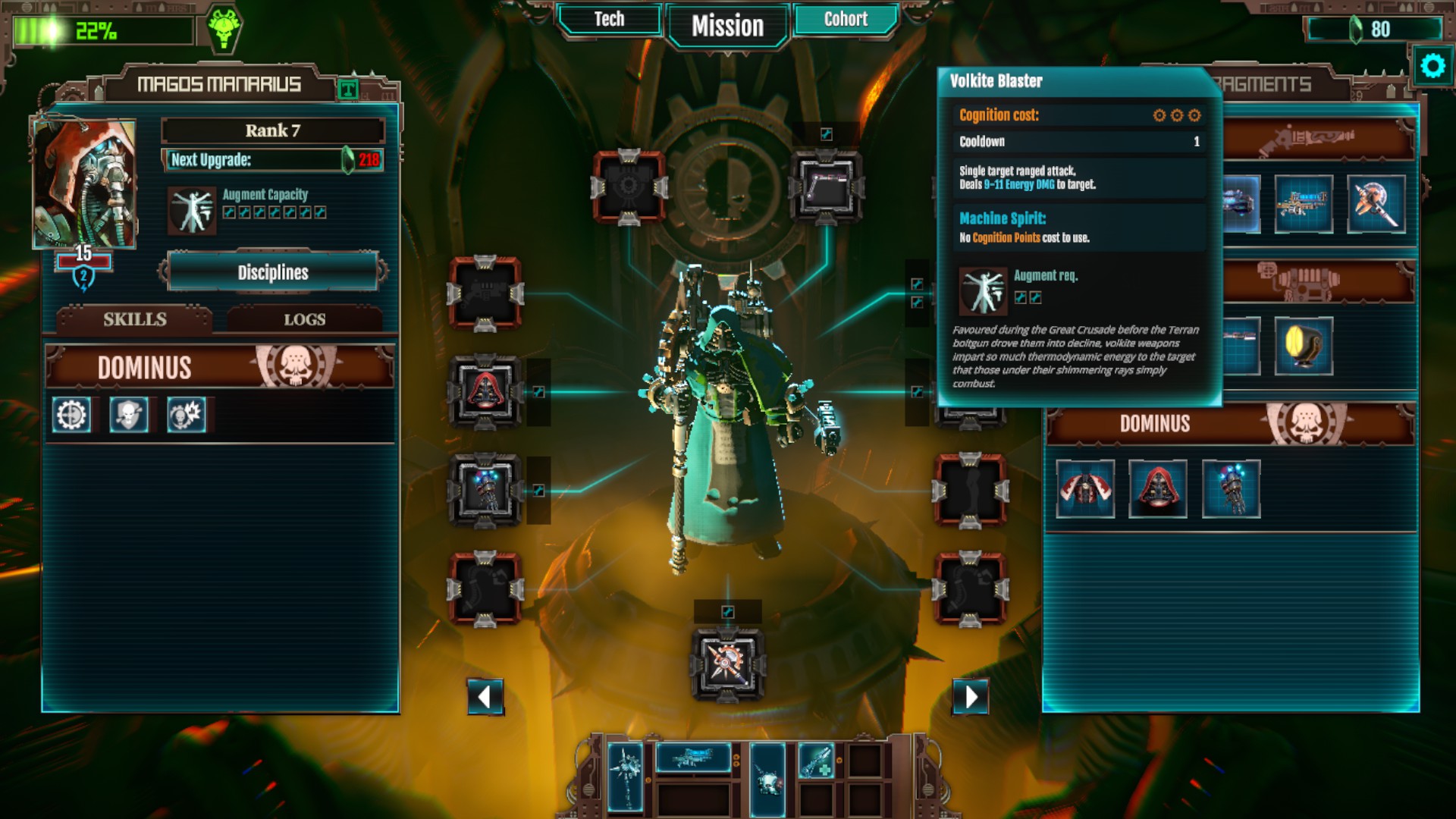

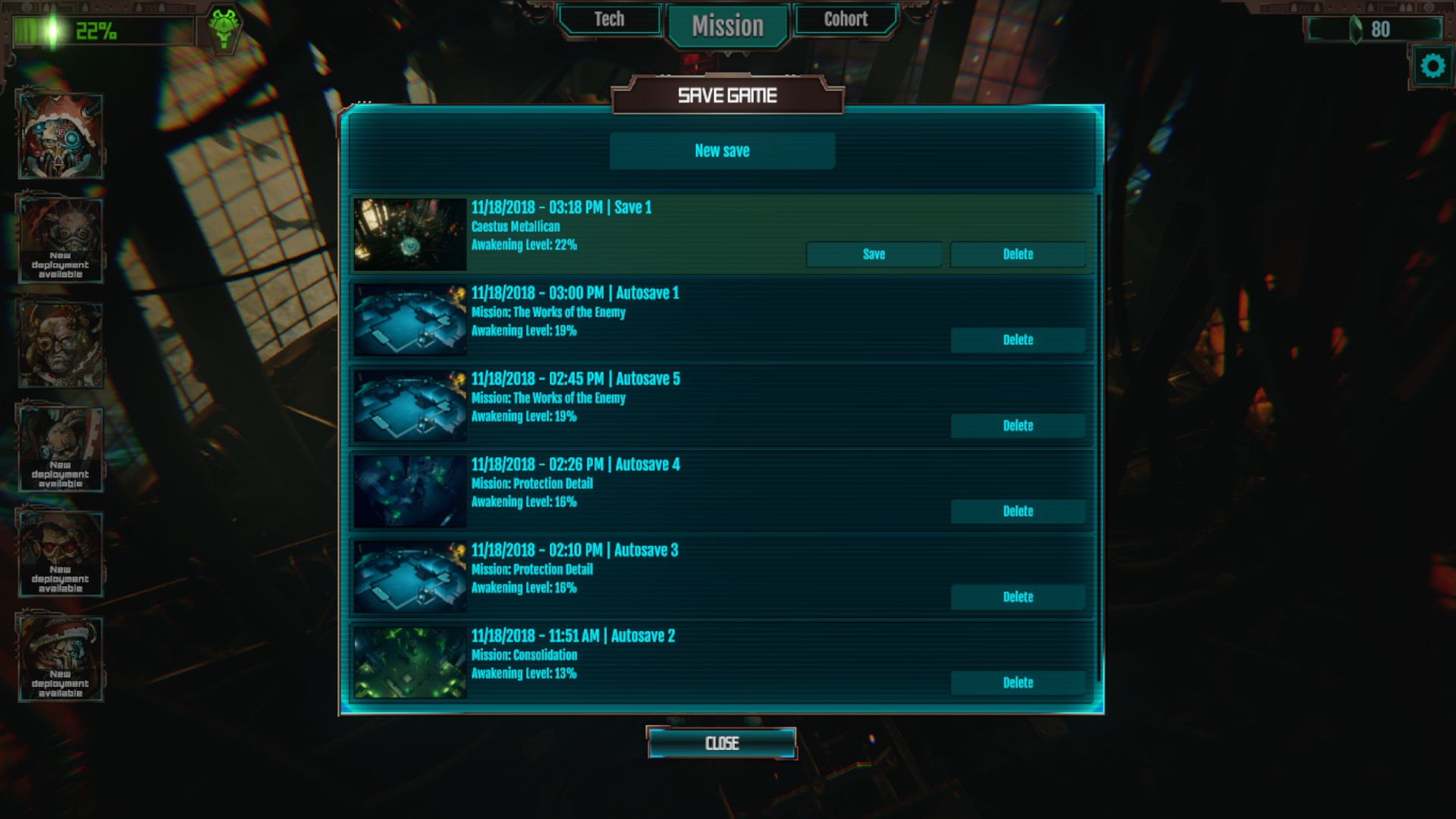



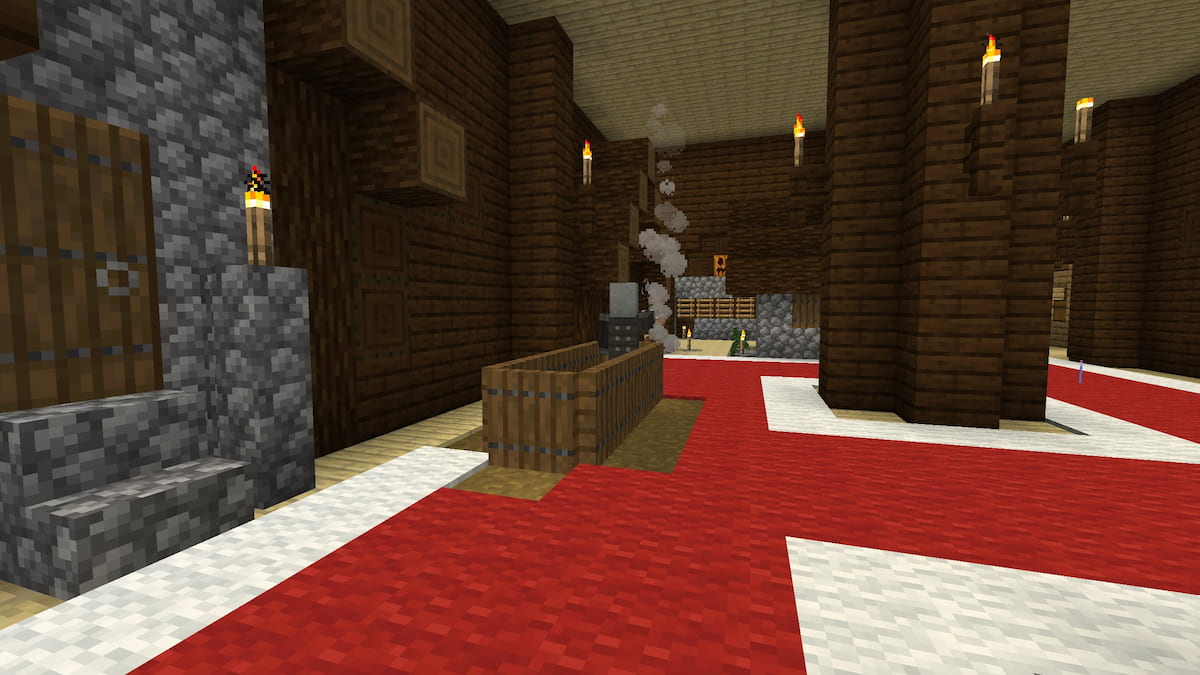
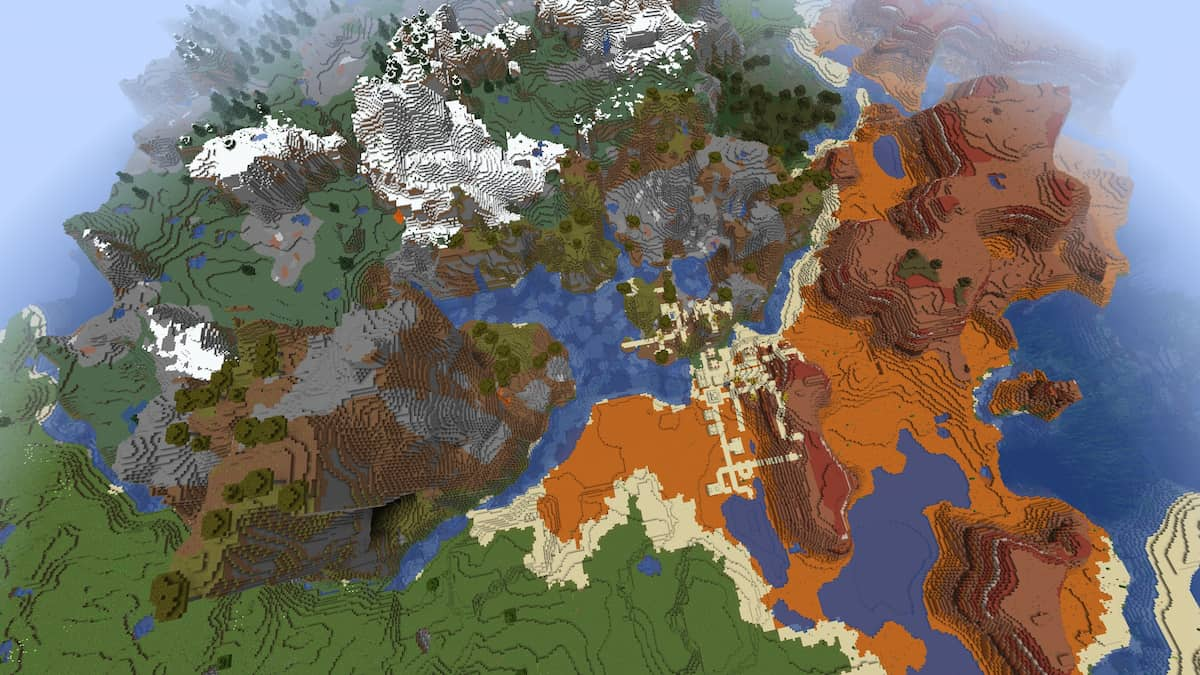
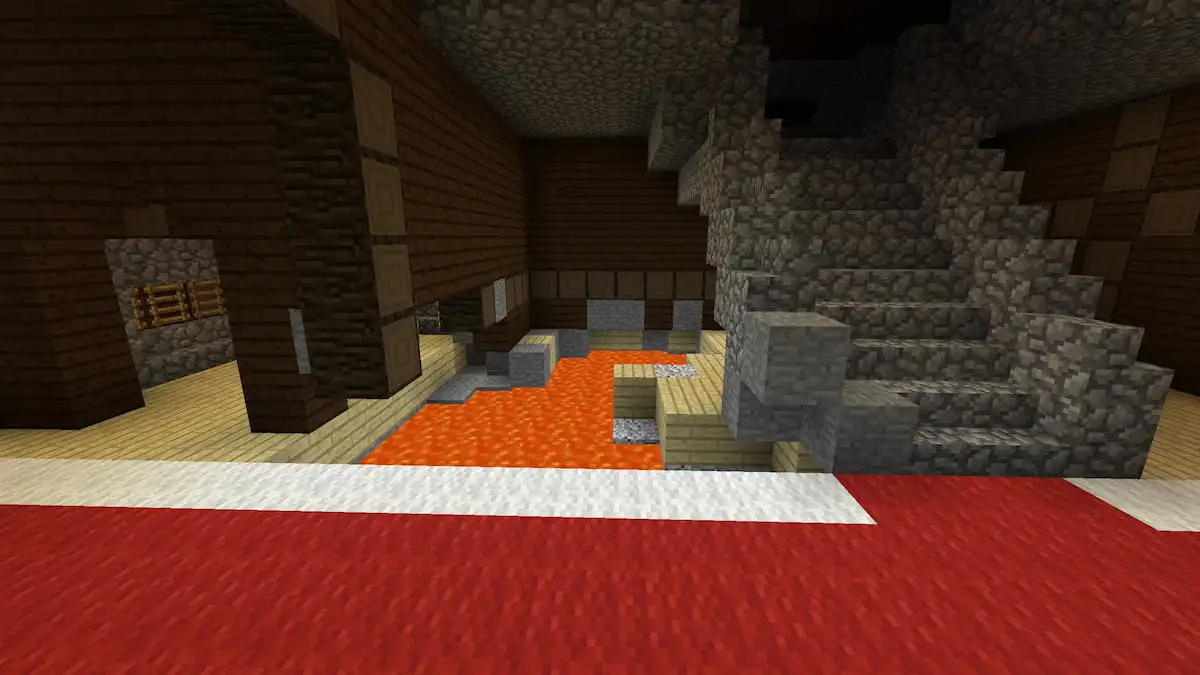
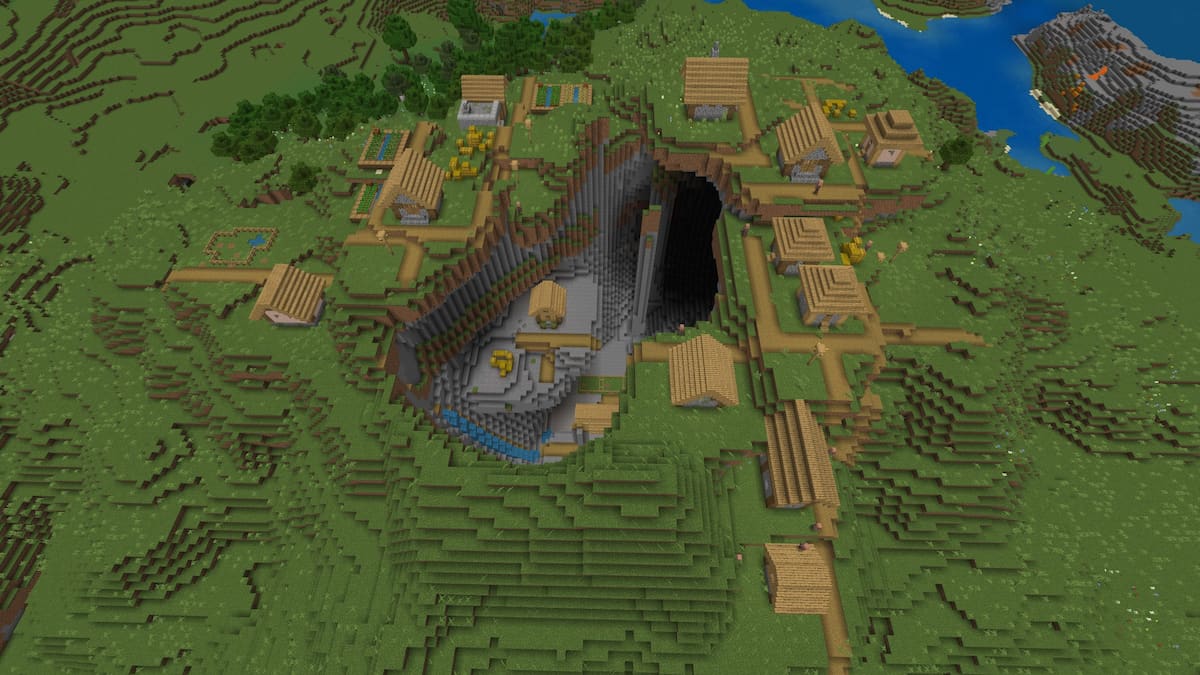
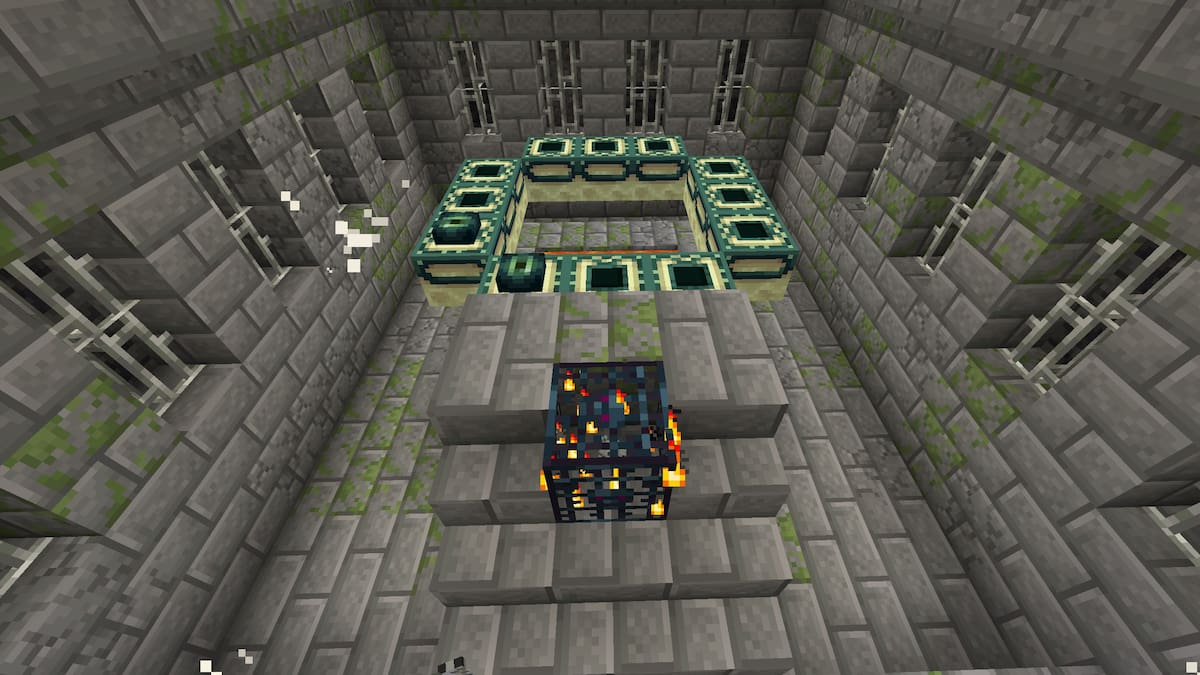
Published: Nov 18, 2018 07:48 pm